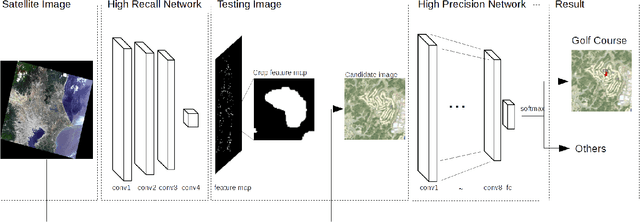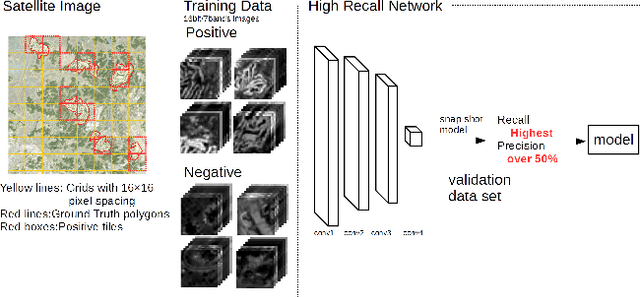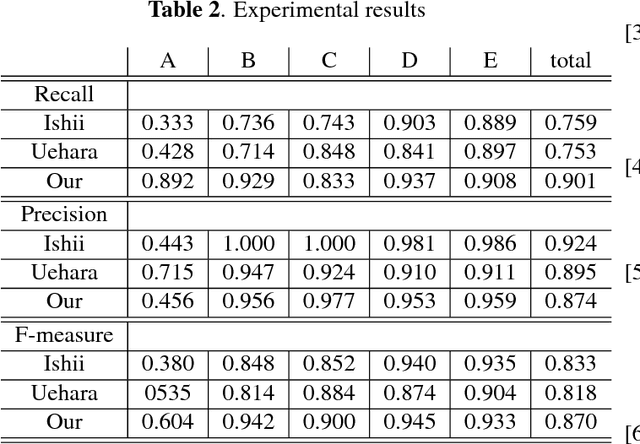Hidenori Sakanashi
Feature Representation Analysis of Deep Convolutional Neural Network using Two-stage Feature Transfer -An Application for Diffuse Lung Disease Classification-
Oct 15, 2018
Abstract:Transfer learning is a machine learning technique designed to improve generalization performance by using pre-trained parameters obtained from other learning tasks. For image recognition tasks, many previous studies have reported that, when transfer learning is applied to deep neural networks, performance improves, despite having limited training data. This paper proposes a two-stage feature transfer learning method focusing on the recognition of textural medical images. During the proposed method, a model is successively trained with massive amounts of natural images, some textural images, and the target images. We applied this method to the classification task of textural X-ray computed tomography images of diffuse lung diseases. In our experiment, the two-stage feature transfer achieves the best performance compared to a from-scratch learning and a conventional single-stage feature transfer. We also investigated the robustness of the target dataset, based on size. Two-stage feature transfer shows better robustness than the other two learning methods. Moreover, we analyzed the feature representations obtained from DLDs imagery inputs for each feature transfer models using a visualization method. We showed that the two-stage feature transfer obtains both edge and textural features of DLDs, which does not occur in conventional single-stage feature transfer models.
Object Detection in Satellite Imagery using 2-Step Convolutional Neural Networks
Aug 09, 2018



Abstract:This paper presents an efficient object detection method from satellite imagery. Among a number of machine learning algorithms, we proposed a combination of two convolutional neural networks (CNN) aimed at high precision and high recall, respectively. We validated our models using golf courses as target objects. The proposed deep learning method demonstrated higher accuracy than previous object identification methods.
Object Detection of Satellite Images Using Multi-Channel Higher-order Local Autocorrelation
Jul 28, 2017



Abstract:The Earth observation satellites have been monitoring the earth's surface for a long time, and the images taken by the satellites contain large amounts of valuable data. However, it is extremely hard work to manually analyze such huge data. Thus, a method of automatic object detection is needed for satellite images to facilitate efficient data analyses. This paper describes a new image feature extended from higher-order local autocorrelation to the object detection of multispectral satellite images. The feature has been extended to extract spectral inter-relationships in addition to spatial relationships to fully exploit multispectral information. The results of experiments with object detection tasks conducted to evaluate the effectiveness of the proposed feature extension indicate that the feature realized a higher performance compared to existing methods.
 Add to Chrome
Add to Chrome Add to Firefox
Add to Firefox Add to Edge
Add to Edge